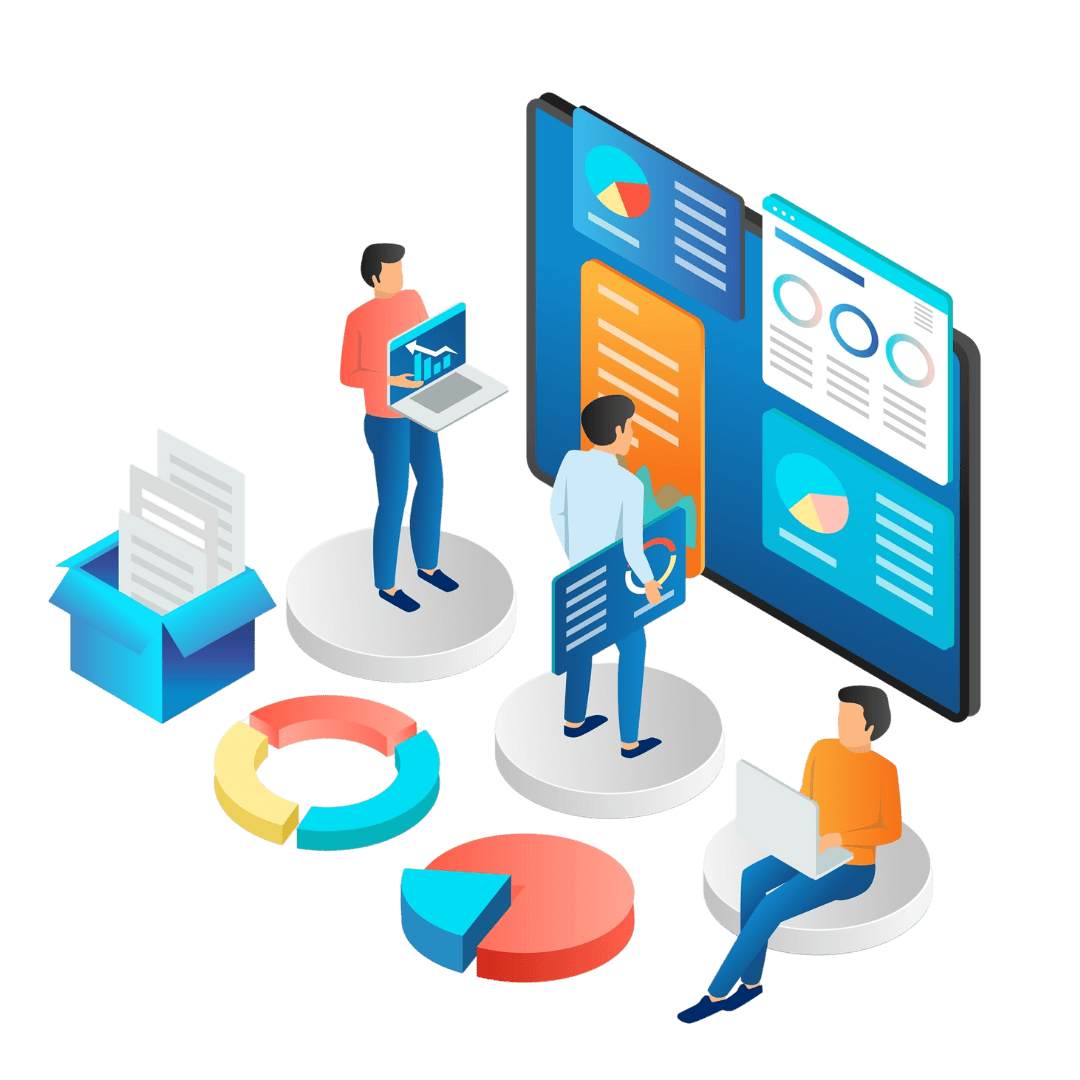
The Government’s Making Tax Digital (MTD) initiative is a sure sign of the accounting sector’s move towards the cloud too fast for some and not fast enough for others.
Digital records and compliant software sound like a recipe for straightforward, streamlined accounting practices that reduce errors and ensure businesses pay the correct amount of tax, every time – and that is certainly the goal.
However, MTD requirements are presenting a significant hurdle to businesses which are yet to find themselves on cloud nine – or those that perhaps don’t want to change the way they work.
MTD – what’s changing?
First introduced as mandatory in 2019, MTD currently requires all VAT-registered companies to keep digital financial records and submit them to the portal each quarter.
In the coming years, this will be expanded to include Income Tax for self-employed individuals or landlords:
- With an income of £50,000 or more from April 2026
- With an income of £30,000 or more from April 2027
There are also plans to expand MTD requirements to partnerships, although a date has not yet been confirmed.
To fully comply with requirements, businesses are required to use compatible software to keep records.
This is not generally a problem for businesses using cloud technologies for their accounting as a matter of course – but it’s causing difficulties for those who are resisting adopting it.
When cloud accounting isn’t right
While it can offer significant benefits, full-service cloud accounting encounters resistance on several grounds, including:
- Cost – Initial investment in cloud technology and ongoing subscription fees may be a barrier for businesses struggling with cash flow or which don’t see the investment as being worthwhile.
- Training requirements – Lacking time and resources to train staff on using cloud systems can limit adoption for businesses.
- Security – Despite employing features such as encryption and two-factor authentication (2FA), cloud accounting systems are increasingly attractive targets for hackers, which may discourage business owners from learning more about the technology.
For accountancy firms working with businesses which don’t want to or are unable to use cloud accounting, MTD can present a significant challenge.
So, what is the solution?
A Bridging solution
When firms don’t have software that is compatible with MTD, it can be a real headache for accountants – leaving many with no choice but to make manual entries.
However, we’ve developed our sophisticated bridging software to deliver a smooth transition between your client’s records and the MTD portal.
Offering a streamlined submission process, we support cost-effective MTD with:
- An easy transition – Enabling the straightforward connection of data and reducing the burden of migration.
- Compliance – Checking for errors and missing information before submission.
- Efficiency – Automating manual tasks and reducing the risk of errors, providing you with an overview of all submissions, obligations, liabilities and outstanding tasks.
- Affordability – Avoiding non-compliance penalties and working for those who aren’t ready to make a larger investment, very affordable submission costs.
- White label – solution branded to the firm – giving a trusted and more joined up client experience
- Simplicity – simple to use and train both client and staff
- Confidence – HMRC approved and full submission history provided
We find that this is a welcome solution for both accountants and their clients – combining traditional accounting methods with efficient, straightforward working practices.
As subsequent phases of MTD come into force and more self-employed individuals find themselves needing to keep digital records, we’re likely to find this solution becoming more popular – as sole traders seek to stay compliant and keep costs down.
We’re committed to delivering tailored solutions that work for the accountancy sector and meet the demands of changing regulations.
Aiming to close the technology gap for businesses subject to MTD, we’re getting firms of all sizes and sectors ready for the future of tax.
To find out more about our solutions and how you can make MTD easier for you, please contact us today.